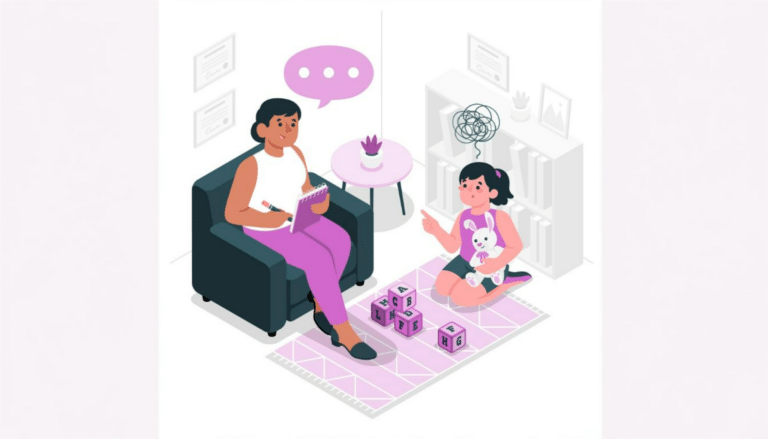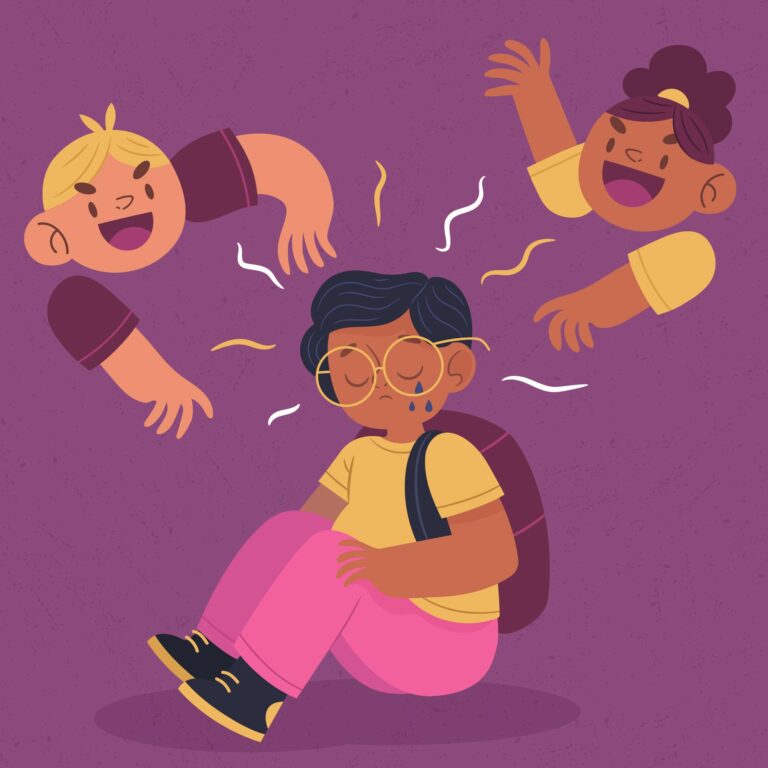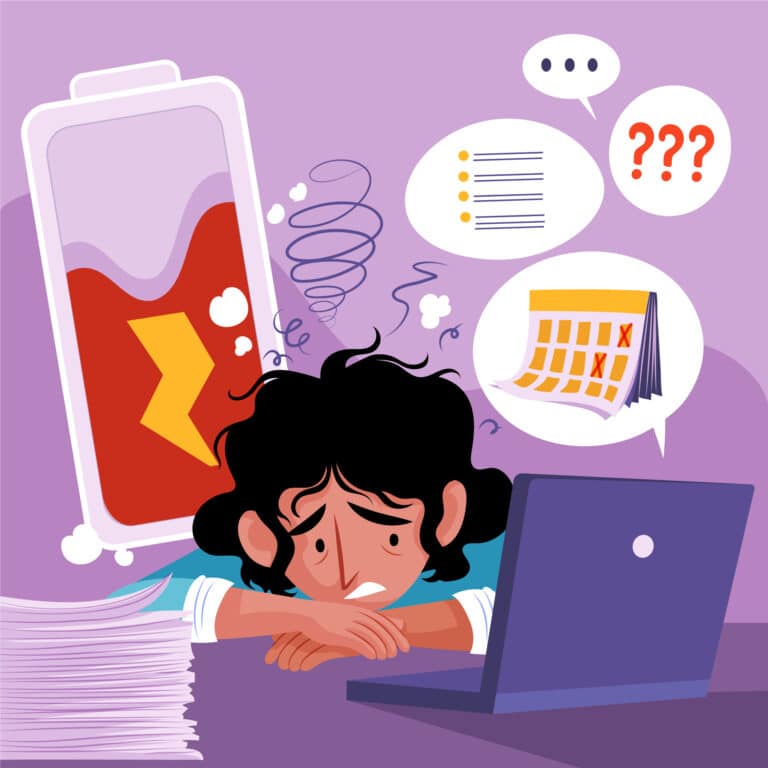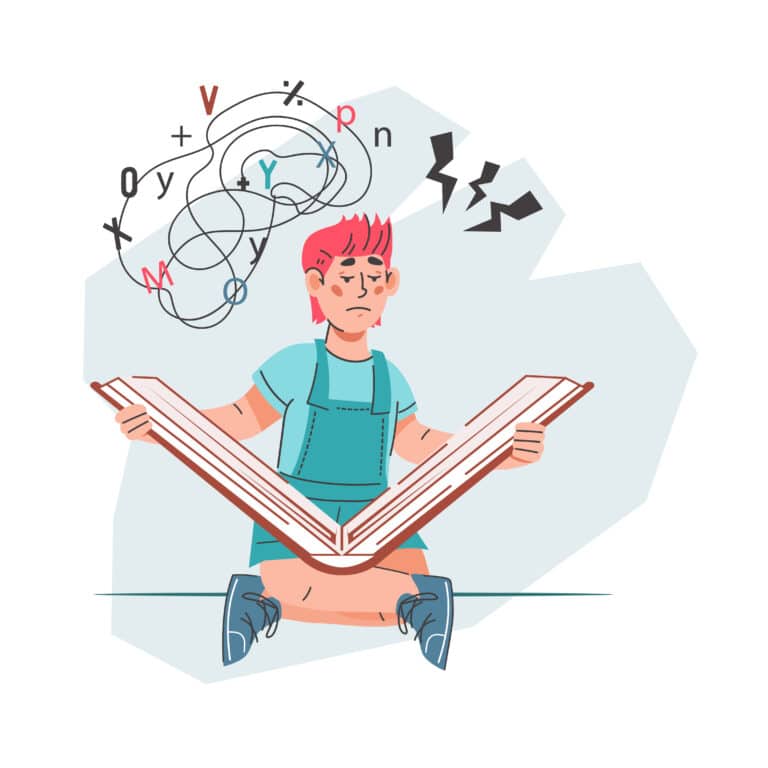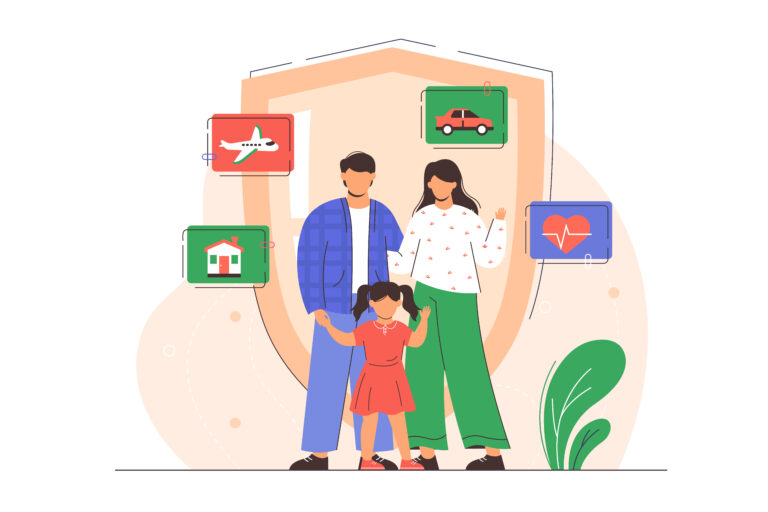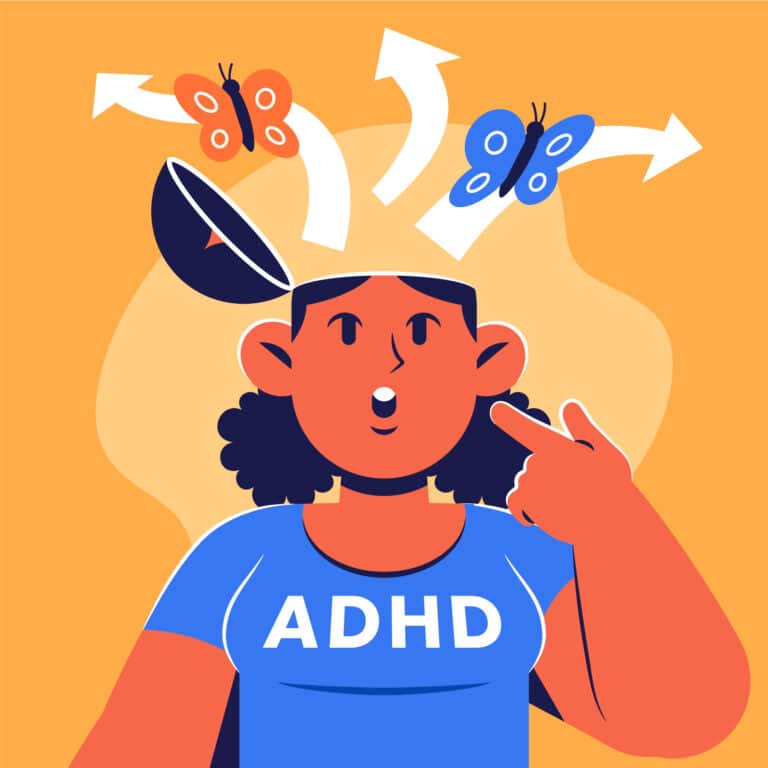ADHD, or Attention Deficit Hyperactivity Disorder, is a developmental disorder that affects millions of children and adults worldwide. The disorder is characterized by a pattern of symptoms that interfere with daily functioning, making it challenging to stay organized, follow through on tasks, and manage impulses. The National Institute of Mental Health defines ADHD as a condition that impacts attention, hyperactivity, and impulsivity, which can present in different ways based on the individual. Understanding the core symptoms of ADHD can offer insight into effective treatment options and strategies.
Types of ADHD Symptoms
ADHD symptoms are typically grouped into two main categories: Inattention and Hyperactivity-Impulsivity. Each type has distinct characteristics that affect individuals differently.
Symptoms of Inattention
People with ADHD who primarily experience symptoms of inattention often have difficulty focusing on tasks or activities. They may struggle with tasks that require sustained attention, such as completing homework, listening in class, or finishing work assignments. Specific signs of inattentive ADHD include:
- Frequently missing details or making careless mistakes
- Difficulty staying focused during lectures, conversations, or lengthy tasks
- Challenges with organizing tasks and prioritizing activities
- Often losing essential items like keys, phones, or school materials
- Frequently being forgetful in daily routines and activities
Inattention in ADHD can significantly impact performance in both academic and professional settings, as well as personal relationships. This form of ADHD is sometimes referred to as “predominantly inattentive type.”
Symptoms of Hyperactivity and Impulsivity
Hyperactivity disorder symptoms involve an excess of movement or vocal expression that might seem inappropriate to the setting. Impulsivity, on the other hand, includes actions taken without consideration of consequences. These symptoms are most common in children with ADHD but can persist into adulthood. Signs of hyperactivity-impulsivity in ADHD include:
- Difficulty sitting still, often tapping hands or feet, or fidgeting excessively
- Inability to engage in quiet activities without constant movement or noise
- Talking excessively or interrupting conversations
- Difficulty waiting their turn, often leading to frustration in structured settings
- Tendency to make impulsive decisions without fully considering potential risks
This symptom type, often called “predominantly hyperactive-impulsive type,” can lead to behavioral issues in settings that require patience and focus, such as classrooms or social events.
ADHD Symptoms Across Different Ages
ADHD symptoms can cause challenges across various stages of life. Children with ADHD often show symptoms in school, where hyperactivity and impulsivity can disrupt their ability to learn and engage with peers. Symptoms in children may include difficulty following classroom rules, inability to stay seated, and acting out impulsively.
ADHD in Adults often manifests differently. Many adults with ADHD experience chronic issues with time management, organization, and prioritizing. Adults may have difficulty meeting work deadlines, managing household responsibilities, or maintaining relationships due to impulsivity and inattentiveness.
How ADHD is Diagnosed
Receiving an ADHD diagnosis involves a comprehensive evaluation by a mental health professional or primary care provider. The criteria for ADHD diagnosis include persistent symptoms that are inconsistent with the individual’s age or developmental level and that impact multiple areas of life, such as school, work, or home. Symptoms must begin in childhood, typically before the age of 12, and continue into adulthood. Diagnosis often requires input from family members, teachers, and caregivers to assess how ADHD symptoms impact daily functioning across different environments.
Treatment Options for ADHD
Managing ADHD often involves a combination of treatment approaches. Behavioral therapy, medication, and lifestyle adjustments are among the most common treatment options. Behavioral and psychodynamic therapies can help children and adults with ADHD develop strategies to manage symptoms, while medication can reduce symptoms and improve functioning. Lifestyle changes, such as exercise, structured routines, and dietary adjustments, also play a role in supporting mental health for individuals with ADHD.
Finding Support for ADHD
Understanding ADHD symptoms is the first step toward effective management. With the right combination of support, people with ADHD can learn to navigate challenges and leverage their strengths. If you or a loved one might have ADHD, reach out to a primary care provider or mental health professional to explore diagnosis and treatment options. Pathformers is committed to providing resources, insights, and community support to help individuals and families better manage ADHD symptoms and foster well-being.















